Refine search
Actions for selected content:
1562 results in RF and microwave engineering
Index
-
- Book:
- Reconfigurable Circuits and Technologies for Smart Millimeter-Wave Systems
- Published online:
- 20 May 2022
- Print publication:
- 26 May 2022, pp 436-440
-
- Chapter
- Export citation
Contributors
-
- Book:
- Reconfigurable Circuits and Technologies for Smart Millimeter-Wave Systems
- Published online:
- 20 May 2022
- Print publication:
- 26 May 2022, pp vi-viii
-
- Chapter
- Export citation
4 - RF MEMS Technology
-
-
- Book:
- Reconfigurable Circuits and Technologies for Smart Millimeter-Wave Systems
- Published online:
- 20 May 2022
- Print publication:
- 26 May 2022, pp 201-264
-
- Chapter
- Export citation
5 - Microwave Liquid Crystal Technology
-
-
- Book:
- Reconfigurable Circuits and Technologies for Smart Millimeter-Wave Systems
- Published online:
- 20 May 2022
- Print publication:
- 26 May 2022, pp 265-414
-
- Chapter
- Export citation
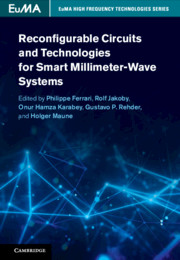
Reconfigurable Circuits and Technologies for Smart Millimeter-Wave Systems
-
- Published online:
- 20 May 2022
- Print publication:
- 26 May 2022
4 - Discrete-Time Band-Pass Filter
-
- Book:
- Wireless Discrete-Time Receivers
- Published online:
- 05 May 2022
- Print publication:
- 19 May 2022, pp 87-106
-
- Chapter
- Export citation
Preface
-
- Book:
- Wireless Discrete-Time Receivers
- Published online:
- 05 May 2022
- Print publication:
- 19 May 2022, pp xi-xii
-
- Chapter
- Export citation
Contents
-
- Book:
- Wireless Discrete-Time Receivers
- Published online:
- 05 May 2022
- Print publication:
- 19 May 2022, pp vii-x
-
- Chapter
- Export citation
References
-
- Book:
- Wireless Discrete-Time Receivers
- Published online:
- 05 May 2022
- Print publication:
- 19 May 2022, pp 163-171
-
- Chapter
- Export citation
Frontmatter
-
- Book:
- Wireless Discrete-Time Receivers
- Published online:
- 05 May 2022
- Print publication:
- 19 May 2022, pp i-iv
-
- Chapter
- Export citation
5 - Discrete-Time Receivers: Case Studies
-
- Book:
- Wireless Discrete-Time Receivers
- Published online:
- 05 May 2022
- Print publication:
- 19 May 2022, pp 107-162
-
- Chapter
- Export citation
Index
-
- Book:
- Wireless Discrete-Time Receivers
- Published online:
- 05 May 2022
- Print publication:
- 19 May 2022, pp 172-176
-
- Chapter
- Export citation
Dedication
-
- Book:
- Wireless Discrete-Time Receivers
- Published online:
- 05 May 2022
- Print publication:
- 19 May 2022, pp v-vi
-
- Chapter
- Export citation
3 - Discrete-Time High-Order Low-Pass Filter
-
- Book:
- Wireless Discrete-Time Receivers
- Published online:
- 05 May 2022
- Print publication:
- 19 May 2022, pp 55-86
-
- Chapter
- Export citation
1 - Fundamentals of Discrete-Time RF Receivers
-
- Book:
- Wireless Discrete-Time Receivers
- Published online:
- 05 May 2022
- Print publication:
- 19 May 2022, pp 1-22
-
- Chapter
- Export citation
2 - First Stage: Low-Noise Transconductance Amplifier
-
- Book:
- Wireless Discrete-Time Receivers
- Published online:
- 05 May 2022
- Print publication:
- 19 May 2022, pp 23-54
-
- Chapter
- Export citation
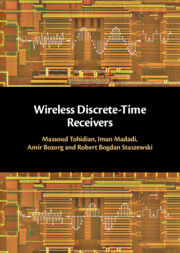
Wireless Discrete-Time Receivers
-
- Published online:
- 05 May 2022
- Print publication:
- 19 May 2022
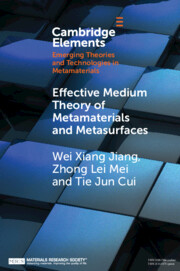
Effective Medium Theory of Metamaterials and Metasurfaces
-
- Published online:
- 21 December 2021
- Print publication:
- 03 February 2022
-
- Element
- Export citation
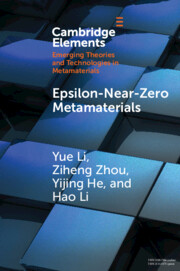
Epsilon-Near-Zero Metamaterials
-
- Published online:
- 21 December 2021
- Print publication:
- 03 February 2022
-
- Element
- Export citation
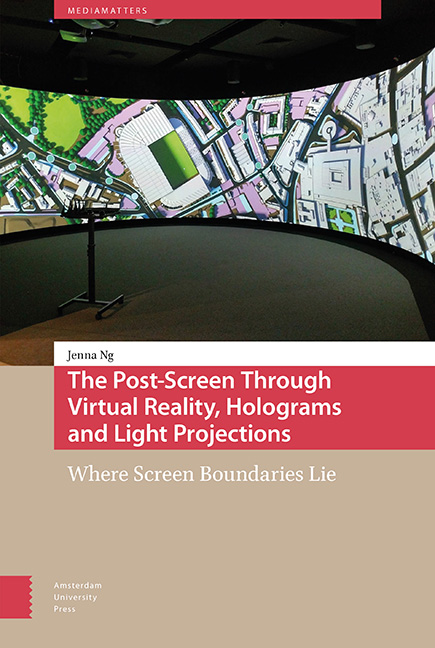
The Post-Screen through Virtual Reality, Holograms and Light Projections
- Where Screen Boundaries Lie
-
- Published by:
- Amsterdam University Press
- Published online:
- 16 December 2021
- Print publication:
- 20 November 2021
-
- Book
- Export citation
